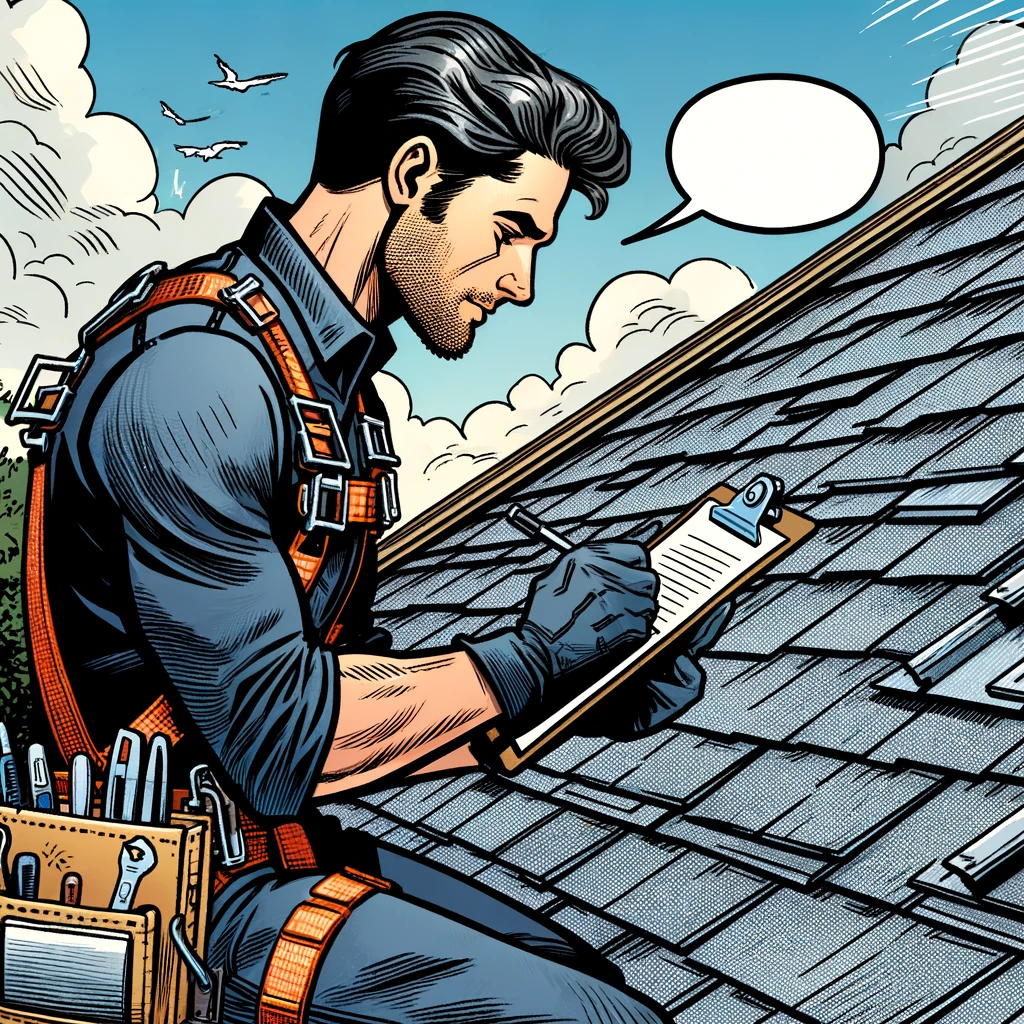When choosing roofing materials, everyone focuses on affordability and durability. However, at this age, you must also ensure that your roofing material is eco-friendly.

Several construction products are available and known to lower heat loss and gain from your home. They help you lead the eco-friendly life you always thought was impossible.
Moreover, there are several eco-friendly roofing options in the market. So, let’s know all about them here!
1. Slate Roofing
A slate roof is not only attractive but also highly durable. Slate is a renewable and biodegradable material, which makes it environmentally friendly.
Slate tiles are a bit on the expensive side. It is heavier than other alternatives and needs more investment in sturdier framing.
Being a mined stone, it often gets the “non-sustainable” tag. However, this roofing is completely worth it, as a slate roof often outlasts a generation. So, it will probably be a one-time investment!
In fact, with optimal care, your upcoming generations can even sell slate to be used in other structures. Similarly, you can buy salvaged tiles from older homes at a lower cost. This practice reduces the need for frequent mining.
Ensure you seek an esteemed tile roofing supply contractor for years to get the best quality tiles. You can also seek their suggestions for roofers as well.
2. Metal Roofing
The production of metal roof tiles consumes a lot of energy. However, the tiles are long-lasting, cost-effective, and available in attractive colors and styles.
Since metals are mined from the earth, many don’t perceive them as sustainable. However, metal tiles are recyclable once they end their lifetime. Hence, it’s still an eco-friendly choice!
In the roofing industry, aluminum and steel are the most common materials used for metal roofing. Both materials are great for reflecting heat and diminishing heat gain. Thus, it will reduce your electricity bills.
However, the roof must be properly insulated for this. Otherwise, metal, a good conductor of heat, will let heat seep into the house. This option can also be quite noisy during hail storms and get damaged easily.
3. Clay Tile Roofing
Another durable option is terra cotta clay tiles. They are durable but heavy and expensive. These tiles are made from natural clay shaped desirably and burnt with fire, just like ceramic tiles. Clay tile has always been claimed as sustainable because clay is available in plenty.
The option is energy-efficient and lets hot air circulate instead of trapping it. It’s low-maintenance and easily replaceable if damaged.
Nowadays, you’ll also find several options in clay tiles, including painted ones, special glazed ones, and ones with special properties.
4. Wood Shakes & Shingles
Wood shakes and shingles have been popular for creating a rustic look. The roofing material is durable and available in a wide range of colors.
The wood can be recycled into reclaimed wood furniture and other products that can be used in homes.
However, this is quite expensive, and costs can increase if you aren’t located near wood mills. They need replacing every 15-20 years and high maintenance to prevent rot and mold/mildew growth.
5. Solar Roofing
Solar roofing is available through solar panels installed on your roof or the tile itself. Whichever you choose, the initial expenses will be pretty high.
On the bright side, you will save thousands over your lifetime from saved electricity bills. This option converts the sun’s light energy to usable electricity.
A solar roof is long-lasting and low maintenance. You can even earn a break in your homeowners’ tax from getting this. However, it will not be a reliable energy source if you don’t live in a sunny place.
6. Green or Living Roof
This is a genuinely eco-friendly option, like a garden in your house.
In this, there’s a flat, low-slope roof that is covered with native plants or grass – either completely or partially. This includes a growing medium like inorganic materials and soil and a synthetic waterproof membrane.
A living roof is not only a durable option but also favorably regulates your house’s temperature and boosts air quality.
By 2023, the global eco-friendly green roof market was estimated at USD 10.12 billion and is expected to grow to USD 17.37 billion by 2029. So, you can expect several options!
However, the entire setup is pretty expensive. After all, the roof must be prepared with added support to take the weight of plants and soil.
The plants will need regular maintenance, like watering, weeding, and feeding. If any plant dies, you must replace it, or the entire aesthetic will be ruined.

Conclusion
These are the most popular and easily available eco-friendly roofing options. So, determine which matches your needs and style and start renovating!

